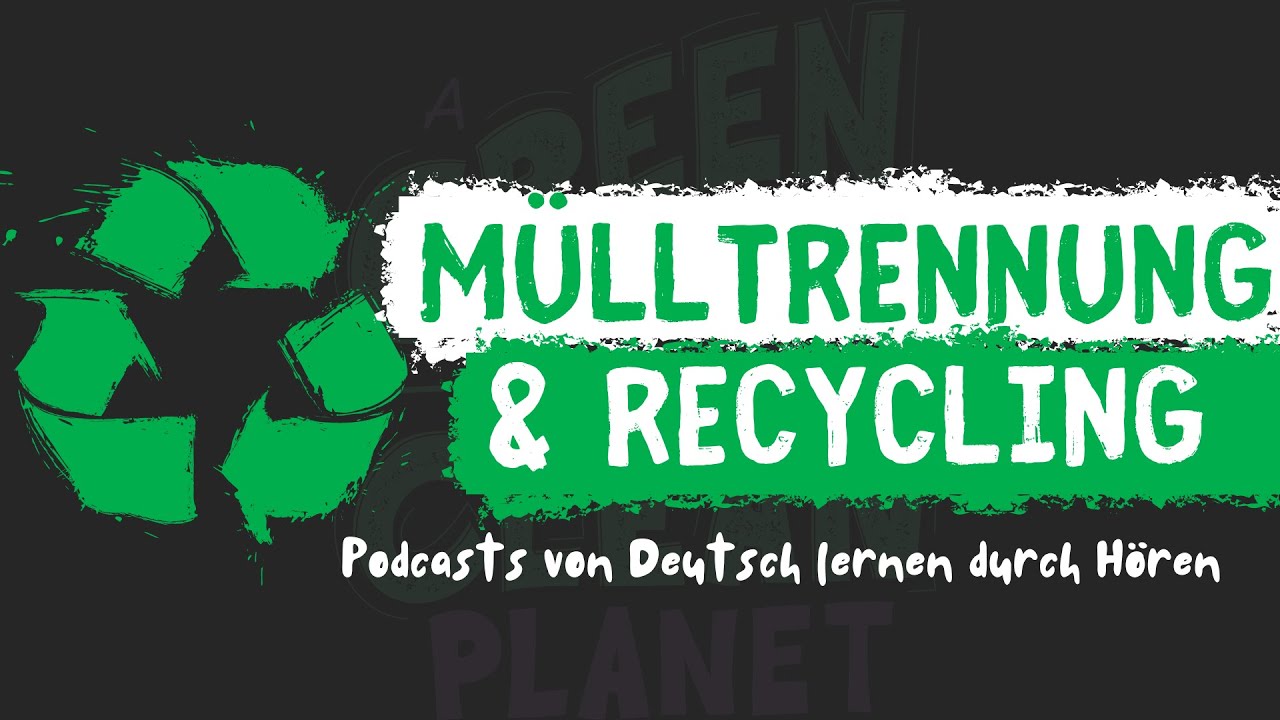Zero Waste Town: Power of Recycling in Japan
Summary
TLDRThis video highlights Osaki Town's successful recycling program, achieving an 80% recycling rate without relying on incineration. The town sorts waste into 27 categories, and further separates them at the Soo Recycling Centre. Food waste is composted naturally with native microorganisms, supporting local farming. The program's techniques have been shared internationally, providing sustainable solutions to waste management. The speaker, originally from Tuvalu, reflects on climate change's impact on their home and stresses the importance of creating a circular economy for future generations, drawing parallels to Osaki's long-term vision for sustainability.
Takeaways
- 🌍 Osaki Town aims to create a future with circular resource use and reduced fossil fuel consumption.
- ♻️ Osaki has the highest recycling rate in Japan, at over 80%, and sorts waste into 27 categories.
- 🚫 The town does not have an incineration plant and avoids burning waste, sending only specific items directly to landfills.
- 🏭 The Soo Recycling Centre further separates waste into more than 40 categories for better recycling.
- 💰 Profits from recycling are used to fund scholarships for students in Osaki.
- 🌱 Food waste and pruned plants are composted with native microorganisms, producing compost used in local farms.
- 🌻 Compost is used to grow rapeseed flowers, which are turned into rapeseed oil in a sustainable cycle.
- 🌏 Osaki's waste management practices have been shared internationally, including in Indonesia, through JICA's partnership program.
- 🌀 The speaker, originally from Tuvalu, connects their personal experience with climate change to the work in Osaki.
- 🌲 The town’s centuries-old windbreak forest, planted by ancestors, symbolizes long-term efforts to protect future generations from environmental challenges.
Q & A
What is the recycling rate in Osaki Town, and how does it compare to the rest of Japan?
-Osaki Town has achieved a recycling rate of more than 80%, which is the highest in Japan.
How many waste categories do residents of Osaki Town sort their waste into?
-Residents of Osaki Town sort their waste into 27 different categories.
Why doesn't Osaki Town have an incineration plant, and what is their approach to waste management?
-Osaki Town does not have an incineration plant because they believe waste management should not rely on incineration. Instead, they focus on recycling and aim to continue doing so without building an incineration plant.
What happens to the waste after it is sorted into 27 categories at homes?
-After sorting into 27 categories at home, the waste is taken to the Soo Recycling Centre, where it is further separated into more than 40 categories and then sent to recycling factories across Japan.
How are the profits from trading recyclable waste used in Osaki Town?
-The profits from trading recyclable waste are used as scholarships for students from Osaki Town.
How is food waste managed in Osaki Town?
-Food waste is collected three times a week and mixed with pruned plants to create compost using native microorganisms, a process that takes about five to six months.
What role do native microorganisms play in the composting process in Osaki Town?
-Native microorganisms decompose the food waste and pruned plants to create rich compost without the need for chemicals or other substances.
How has Osaki Town shared its waste management practices internationally?
-Through the Japan International Cooperation Agency (JICA) partnership program, Osaki Town has introduced its waste separation and composting techniques to Indonesia.
What inspired the speaker to pursue a career in creating a circular economy?
-The speaker grew up in Tuvalu, where rising sea levels and extreme drought caused by climate change threaten the existence of their hometown. This experience motivated them to work on mitigating climate change for future generations.
What historical example from Osaki Town is used to highlight the importance of long-term environmental planning?
-The pine forest planted by Osaki Town’s ancestors hundreds of years ago as a windbreak is used as an example. The ancestors planted the trees for future generations, knowing they would take hundreds of years to grow.
Outlines

This section is available to paid users only. Please upgrade to access this part.
Upgrade NowMindmap

This section is available to paid users only. Please upgrade to access this part.
Upgrade NowKeywords

This section is available to paid users only. Please upgrade to access this part.
Upgrade NowHighlights

This section is available to paid users only. Please upgrade to access this part.
Upgrade NowTranscripts

This section is available to paid users only. Please upgrade to access this part.
Upgrade NowBrowse More Related Video

Japan: Zero Waste Town - Power of Recycling | United Nations

How This Town Produces No Trash

#31 Mülltrennung & Recycling in Deutschland | Deutsch lernen durch Hören

Why is it so hard to recycle plastic? - People Fixing the World, BBC World Service

Come viene riciclata la plastica? Il ciclo di vita dei rifiuti: raccolta, smaltimento e riuso

Deutsch lernen (A2) | Das Deutschlandlabor | Folge 11: Müll
5.0 / 5 (0 votes)